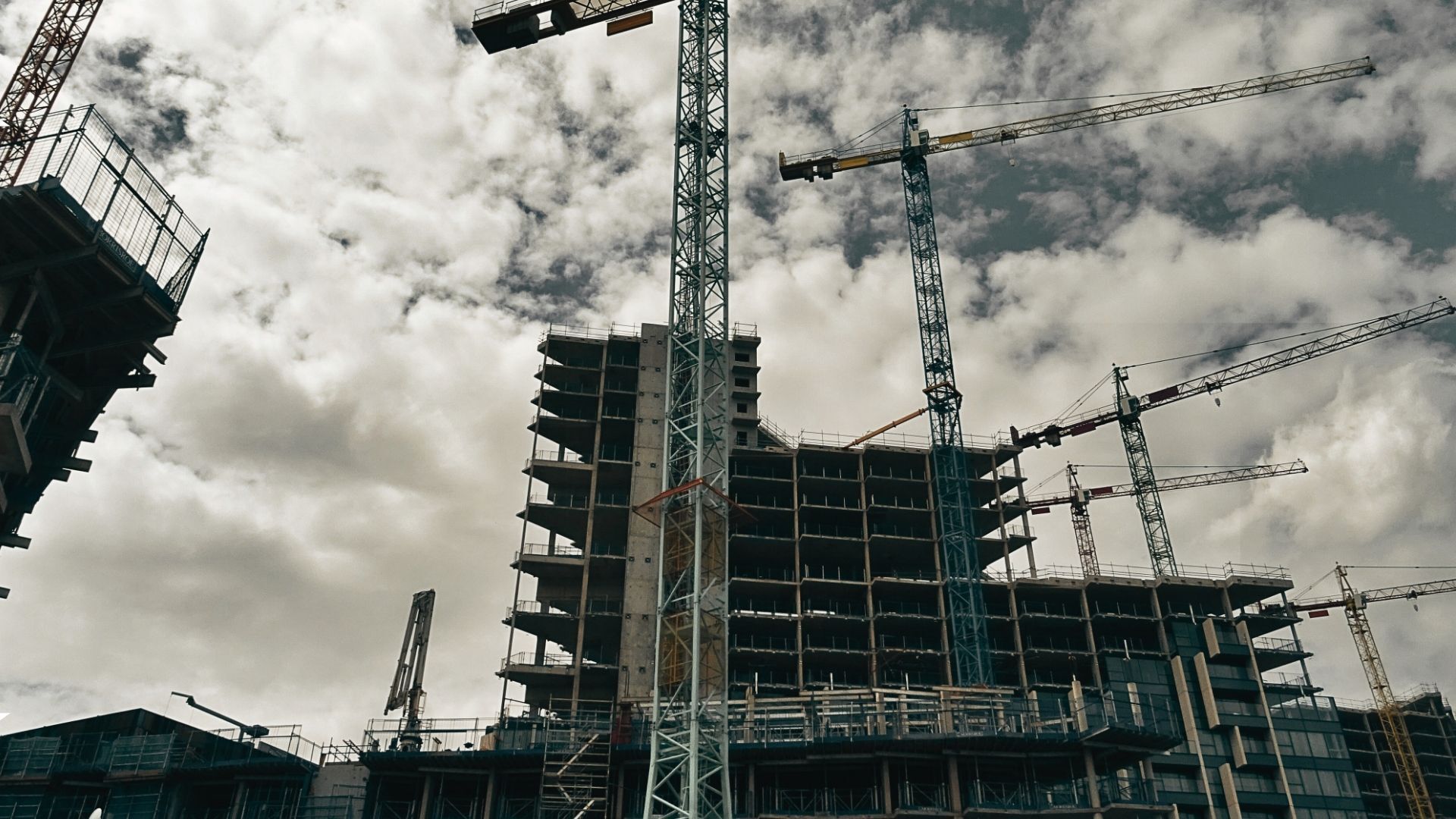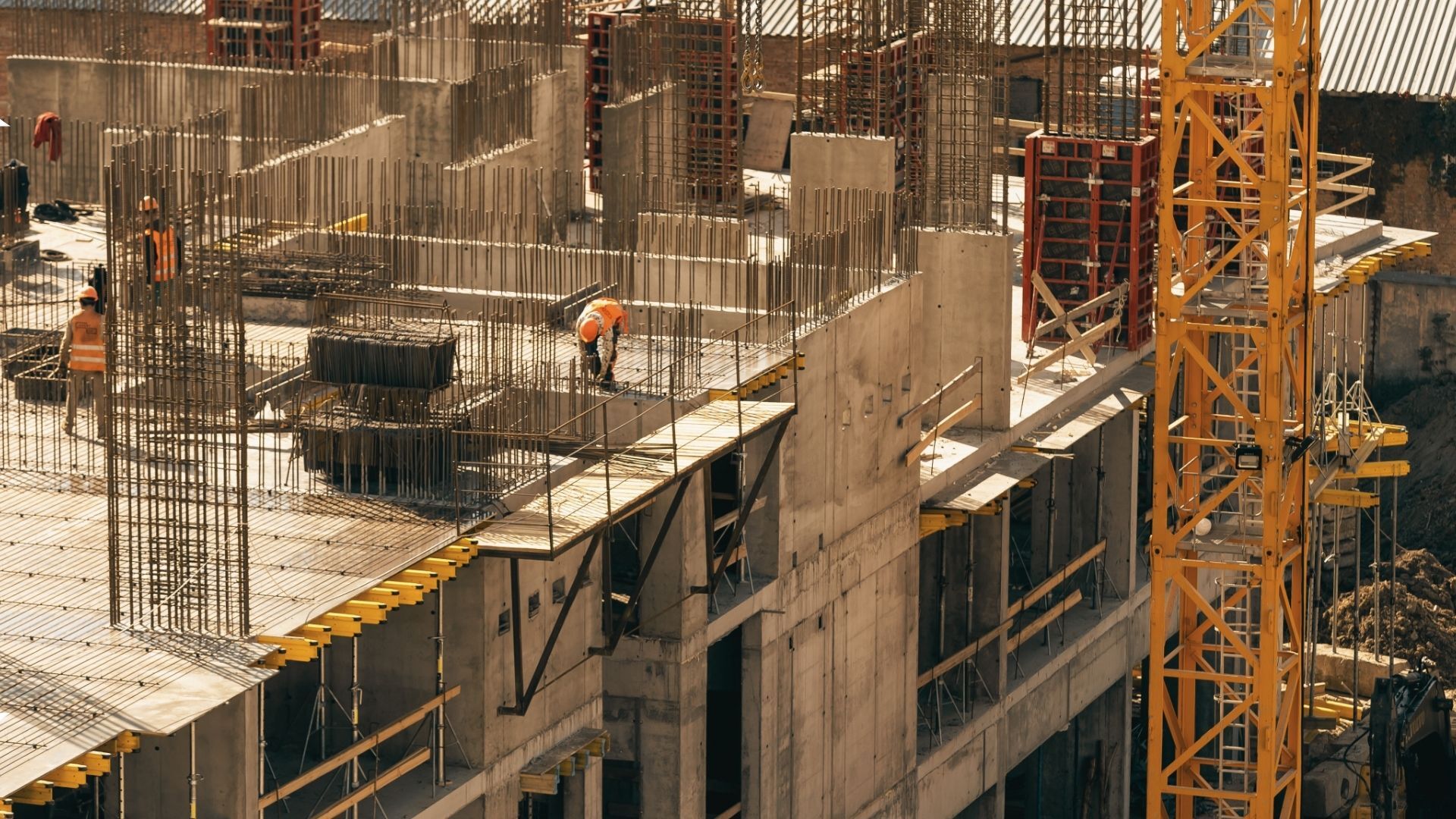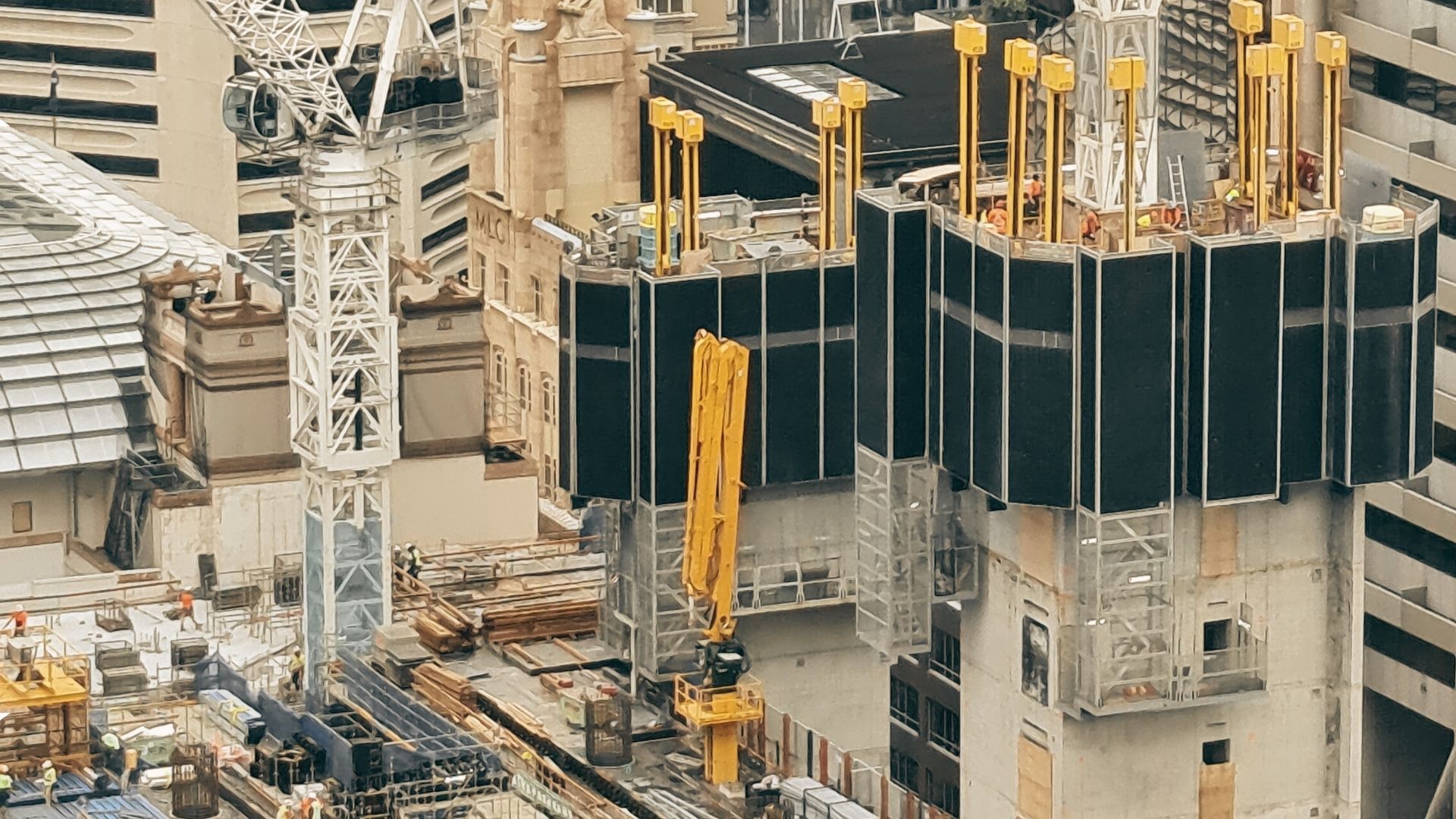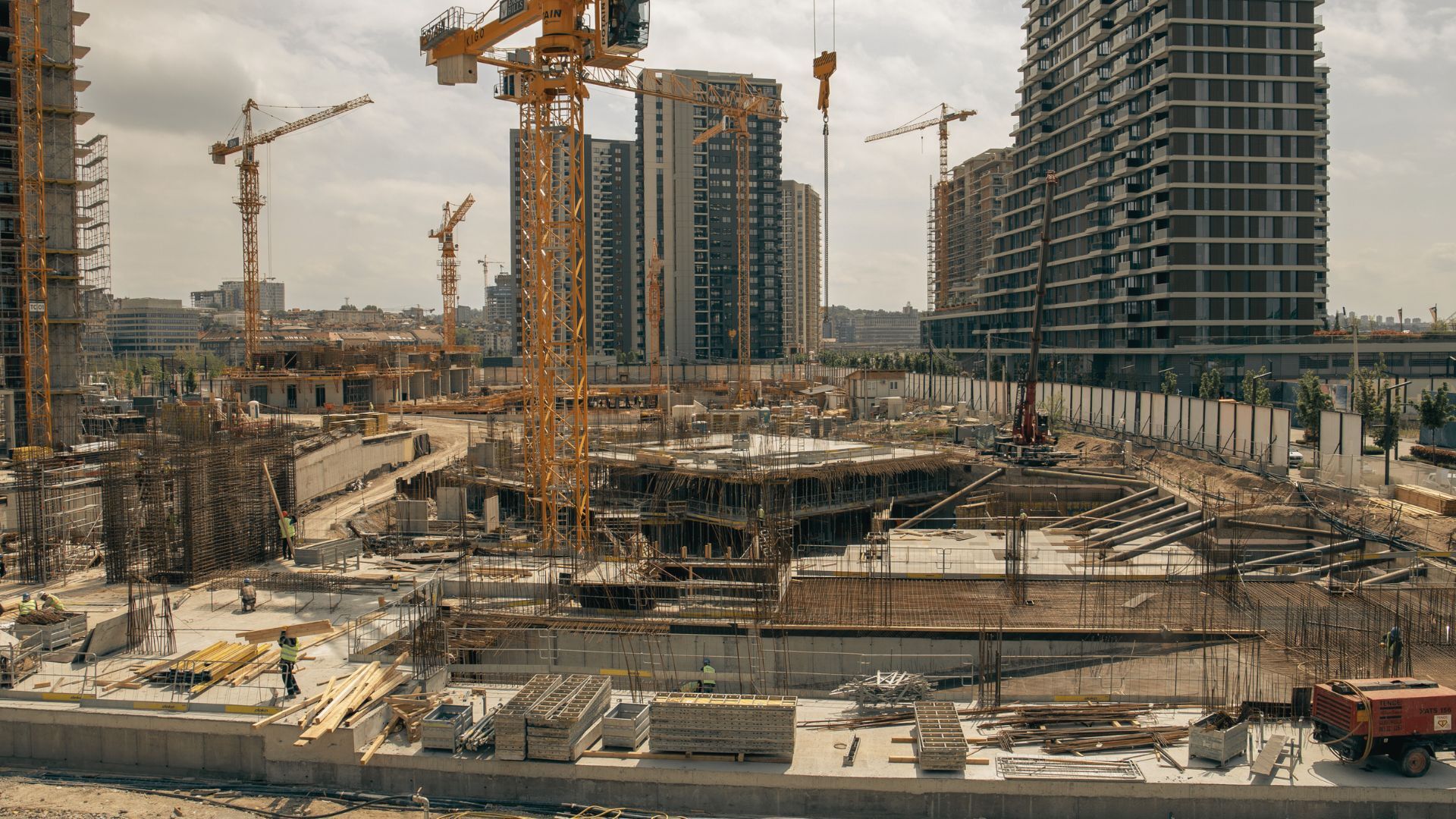NSW Budget Drives Housing Focus Amidst Regulatory Tightening and Market Shifts
This edition of The Pulse examines the significant impact of the recent NSW Budget on the construction sector, with a strong emphasis on stimulating housing supply through innovative financial mechanisms and infrastructure investment [6, 10, 13].
Overview
Key developments include a $1 billion government guarantee for developers [1, 12] and extended tax concessions for build-to-rent projects [6, 13], signalling a proactive government stance. Concurrently, the industry faces intensified regulatory scrutiny, evidenced by increased funding for Building Commission NSW [2, 13] and ongoing SafeWork NSW compliance operations [11]. These measures aim to enhance quality and safety but also necessitate heightened diligence from professionals. Market conditions present a mixed landscape, with rising property price forecasts [7] contrasting with persistent planning system inefficiencies [5] and divergent cost pressures across different construction sub-sectors [3]. This edition synthesizes these developments, offering legal and commercial perspectives to help NSW construction leaders navigate an evolving operational environment focused on housing delivery, compliance, and project viability.
NSW Government's Multi-Pronged Housing Strategy
The NSW Government is rolling out a comprehensive strategy to tackle the state's housing crisis, leveraging significant budget allocations and innovative financial instruments [6, 10, 13]. A cornerstone of this approach is an "Aussie-first" plan where the government will act as a guarantor for developers, initially committing $1 billion to de-risk low to medium-density housing projects and improve their financial feasibility [1, 12]. This initiative aims to stimulate the construction of new housing, including social and build-to-rent (BTR) developments [1]. Further bolstering the BTR sector, land tax concessions have been indefinitely extended beyond a previous 2039 end date, providing long-term certainty for investors [6, 13]. These measures are part of a broader "careful" budget that, while offering few widespread sweeteners, includes "pioneering housing initiatives" praised by developers [10].
The government's focus also extends to direct infrastructure investment to support housing growth, including significant funding for new schools and upgrades in growth areas like Greater Sydney [6, 13]. The 2025-26 budget also allocates $30.4 million to homelessness services, acknowledging the severe pressures on the social housing system [6], which a recent audit described as being in a "famine mindset" with overwhelming demand and insufficient supply [9]. The audit highlighted systemic issues, including long wait times for housing and delays in filling vacant properties, underscoring the urgency of increasing overall housing stock [9]. While Sydney's median house price is predicted to reach $1.8 million by mid-2026 [7], potentially outpacing average salaries, the government's interventions aim to accelerate supply and address affordability. The success of these initiatives will be closely watched by industry stakeholders, who are keen to understand the policy settings shaping their project pipelines [8].
Intensified Regulatory Landscape and Compliance Imperatives
NSW construction professionals are navigating an environment of heightened regulatory oversight, with significant government investment aimed at improving building quality and workplace safety. The Building Commission NSW has received a substantial $145.1 million funding boost over four years, intended to modernize its systems, increase inspections, and progress key building legislative reforms [2, 13]. This investment empowers the Commission, which employs 450 staff including inspectors and lawyers, to intensify its scrutiny of residential construction, having already conducted over 1,000 defect inspections and issued 455 orders in the 2024/25 financial year [2]. The funding will also support industry education and joint task force operations with bodies like Fair Trading and ASIC [2], signalling a more robust enforcement regime.
Concurrently, SafeWork NSW is actively conducting targeted compliance operations on commercial construction sites, particularly in regions like the Hunter and Central Coast [11]. These inspections focus on high-risk activities such as working at heights, electrical safety, and scaffold integrity, with significant penalties already issued for non-compliance [11]. A notable expansion in SafeWork's remit is the increased attention to psychological health and safety, addressing hazards like bullying and work pressure [11]. This dual focus on physical and psychosocial safety places greater responsibility on businesses to implement comprehensive WHS management systems. Adding to the regulatory complexity are persistent inefficiencies within the NSW planning system, which a Housing Industry Association report claims add $165 million annually to housing costs and cause delays of up to 180 days for some projects [5]. The report's 21 recommendations, many requiring no regulatory change, highlight the urgent need for a simpler, more certain planning process to support the government's housing delivery goals [5].
Evolving Market Dynamics: Cost Pressures, Labour, and Innovation
The NSW construction market is experiencing a period of dynamic change, characterized by fluctuating cost pressures, evolving labour conditions, and a growing emphasis on innovative and sustainable building practices. While traditional residential construction has seen a historic decline in building material costs for the first time in 13 years, offering some relief [3], the build-to-rent (BTR) sector faces escalating expenses driven by specific labour and material demands [3]. This divergence highlights the nuanced cost structures within different segments of the industry. Overall property market sentiment remains positive, with Sydney and Melbourne clearance rates above 70% [3], and Sydney's median house price forecast to hit $1.8 million by FY26 [7]. However, affordability remains a critical concern [7].
Labour constraints are reportedly easing in major cities like Sydney and Melbourne, which could positively impact future project timelines and costs outside the highly competitive BTR niche [3]. The NSW budget also includes $3.4 billion for TAFE and upskilling, with $40 million specifically for 23,000 free construction apprenticeships, aiming to address skilled labour shortages [13]. Amidst these economic currents, innovative approaches are gaining traction. The Rosebery Engine Yards project in Sydney serves as a prime example of adaptive reuse, transforming a 1.9-hectare heritage site into a low-carbon, mixed-use precinct [4]. This project achieved over a 30% reduction in embodied carbon through material retention and reuse, targeting 5 Star Green Star and NABERS ratings [4]. Such developments underscore a shift towards sustainability and performance-driven design, potentially offering a competitive edge and meeting growing stakeholder demand for environmentally conscious construction [4]. Industry events, like the Property Council's Budget Breakfast with the NSW Treasurer, reflect the sector's keen interest in understanding these evolving market conditions and government strategies [8].
Takeaways
Leveraging New Housing Initiatives & Managing Associated Risks
The NSW Government's new housing initiatives, particularly the $1 billion developer guarantee scheme [1, 12] and extended build-to-rent (BTR) tax concessions [6, 13], present significant opportunities for developers and builders. However, accessing these benefits will require careful navigation of new contractual and regulatory frameworks. Developers seeking to utilize the guarantee scheme must conduct thorough due diligence on the specific terms, eligibility criteria, and government oversight mechanisms that will inevitably accompany such financial backing. This may involve new forms of project agreements and heightened reporting obligations to NSW Treasury or Development NSW [12]. Legal counsel should be engaged early to assess the implications of these guarantees on project risk allocation, financing arrangements, and potential liabilities. For BTR projects, while the extended tax concessions provide long-term certainty [6, 13], proponents must ensure ongoing compliance with the specific requirements of the BTR model to maintain these benefits. Professionals should anticipate that these government interventions, while aimed at de-risking projects, will also introduce new layers of scrutiny and potential for government intervention if projects face difficulties [1]. Proactive legal planning will be crucial to maximizing the benefits while mitigating the inherent risks of these novel programs.
Proactive Compliance in Response to Heightened Regulatory Scrutiny
The significant funding boost for Building Commission NSW [2, 13] and SafeWork NSW's intensified compliance activities [11] signal a clear directive: NSW construction professionals must prioritize proactive compliance with building and WHS regulations. The Building Commission's expanded capacity for inspections, investigations, and prosecutions means a greater likelihood of enforcement action for non-compliance with building standards and "key building legislative reforms" [2]. Businesses should review and strengthen their quality assurance processes, ensure robust documentation, and stay abreast of any forthcoming changes to building legislation. Similarly, SafeWork NSW's focus on high-risk activities (e.g., working at heights, electrical safety) and the emerging emphasis on psychosocial hazard management [11] demand rigorous adherence to Work Health and Safety (WHS) regulations. This includes ensuring Safe Work Method Statements (SWMS) are in place and followed for all high-risk construction work, and that systems are developed to identify and mitigate psychosocial risks like workplace bullying or excessive work pressure. Failure to comply can result in substantial fines, prohibition notices causing costly project delays, and significant reputational damage [11]. Investing in comprehensive training, robust safety systems, and regular internal audits is no longer just best practice but a critical risk mitigation strategy.
Navigating Planning System Challenges and Contractual Prudence
The acknowledged inefficiencies within the NSW planning system, leading to significant project delays and cost escalations [5], necessitate a strategic approach to contract management and risk allocation. Developers and builders should factor potential planning approval delays into project timelines and financial modeling. Contracts must clearly define responsibilities and allocate risks associated with such delays. Given the "dated and complex planning system" [5], clauses addressing extensions of time and cost recovery due to unforeseen regulatory hurdles should be carefully drafted and negotiated. Furthermore, the divergent cost trends for building materials, with relief in some residential areas but continued pressure in sectors like BTR [3], emphasize the need for vigilance in procurement and contractual terms. Fixed-price contracts may become riskier for builders if material costs are volatile, while developers will seek certainty. Professionals should explore flexible contract mechanisms, such as rise-and-fall clauses or provisional sums for specific materials, where appropriate. Clear communication with clients and suppliers regarding potential delays and cost impacts stemming from both planning inefficiencies [5] and supply chain fluctuations [3, 8] is essential for maintaining good working relationships and avoiding disputes. A proactive and well-documented approach to contract administration remains paramount.
Final Thoughts
The NSW construction landscape is undergoing a significant transformation, driven by the government's aggressive push to increase housing supply [1, 6, 10, 12, 13] and a concurrent tightening of regulatory oversight [2, 11, 13]. While new initiatives like developer guarantees and build-to-rent incentives offer substantial opportunities, they come with increased scrutiny and compliance expectations. Professionals must navigate these changes by embracing robust quality and safety management systems, preparing for more rigorous enforcement, and strategically managing contractual risks associated with planning delays [5] and market volatility [3]. The emphasis on skilled workforce development [13] and sustainable building practices [4] also points towards future industry directions. Success in this evolving environment will depend on adaptability, diligent risk management, and a proactive approach to understanding and integrating new policy and regulatory frameworks into business operations.
[1]. by Nathan Schmidt 24 June 2025, 12:08pm AEST. (24 June 2025). State’s Aussie-first plan for new housing. https://au.news.yahoo.com/state-aussie-first-plan-housing-020853326.html
[2]. LSJ Online | by Francisco Silva 23 June 2025, 3:58pm AEST. (23 June 2025). NSW adds funding boost to Building Commission. https://lsj.com.au/articles/nsw-adds-funding-boost-to-building-commission/
[3]. ausbiz | 23 June 2025, 12:41pm AEST. (23 June 2025). The anatomy of the Aussie property market now on ausbiz. https://ausbiz.com.au/media/the-anatomy-of-the-aussie-property-market-now?videoId=42531
[4]. The Fifth Estate | by Brian Graham 19 June 2025, 1:26pm AEST. (19 June 2025). Rosebery Engine Yards: How adaptive reuse is shaping low carbon, high performance cities. https://thefifthestate.com.au/innovation/architecture/projects/rosebery-engine-yards-how-adaptive-reuse-is-shaping-low-carbon-high-performance-cities/
[5]. Elite Agent | by Rowan Crosby 19 June 2025, 12:39pm AEST. (19 June 2025). Planning barriers adding months and millions to housing costs. https://eliteagent.com/planning-barriers-adding-months-and-millions-to-housing-costs/
[6]. NT News | by Nathan Schmidt 19 June 2025, 12:31pm AEST. (19 June 2025). What we know so far about the 2025-26 NSW budget. https://www.ntnews.com.au/news/breaking-news/what-we-know-so-far-about-the-202526-nsw-budget/news-story/0df0d7c9d14e6587a856488e196c4f22?btr=4d8a47553f2e1f26d02da1b672da08a2
[7]. by Lisa Marie Corso 19 June 2025, 2:00am AEST. (19 June 2025). Sydney house prices predicted to reach $1.8 million; Melbourne to hit $1.1 million record. https://www.allhomes.com.au/news/sydney-and-melbourne-house-price-predictions-1391365
[8]. Property Council of Australia | 24 June 2025, 9:40pm AEST. (24 June 2025). Budget Breakfast with NSW Treasurer. https://www.propertycouncil.com.au/event/budget-breakfast-with-nsw-treasurer
[9]. The Singleton Argus | by Simon McCarthy 24 June 2025, 7:00pm AEST. (24 June 2025). 'Famine mindset': Social housing audit paints a bleak picture of a system in crisis. https://www.singletonargus.com.au/story/9000087/nsws-affordable-and-social-housing-crisis-deepens-audit/
[10]. by Australian Associated 24 June 2025, 5:21pm AEST. (24 June 2025). Surplus in sight but few sweeteners in 'careful' budget. https://www.dailymail.co.uk/wires/aap/article-14841219/Surplus-sight-sweeteners-careful-budget.html
[11]. SafeWork NSW | 24 June 2025, 4:39pm AEST. (24 June 2025). SafeWork NSW inspectors visit Hunter and Central Coast areas to ensure construction compliance. https://www.safework.nsw.gov.au/news/safework-media-releases/safework-nsw-inspectors-visit-hunter-and-central-coast-areas-to-ensure-construction-compliance
[12]. Brisbane Times | by Megan Gorrey 24 June 2025, 4:29pm AEST. (24 June 2025). What is Mookhey’s $1 billion housing guarantee, and how will it work?. https://www.brisbanetimes.com.au/politics/nsw/what-is-mookhey-s-1-billion-housing-guarantee-and-how-will-it-work-20250623-p5m9nm.html
[13]. St George & Sutherland Shire Leader | by Farid Farid 24 June 2025, 12:41pm AEST. (24 June 2025). Back-to-basics budget with billions for infrastructure. https://www.theleader.com.au/story/8999654/nsw-budget-focuses-on-infrastructure-revamp/
The Pulse collates the latest news and opinions from third-party sources. Links, snippets or text are generated by an artificial intelligence engine. The Pulse aggregates news reports and does not claim to have copyright to the content. We have not fact-checked that content and cannot vouch for its accuracy or completeness. Nor do we endorse the opinions expressed by the authors or primary publishers. The content is provided as general information only and should not be relied on as a substitute for professional advice. You should contact the source to verify any factual content as well as taking specialist advice that takes your personal objectives and circumstances into account.


.jpg?width=1920&height=1080&name=The%20Pulse%20(1).jpg)

.png)










